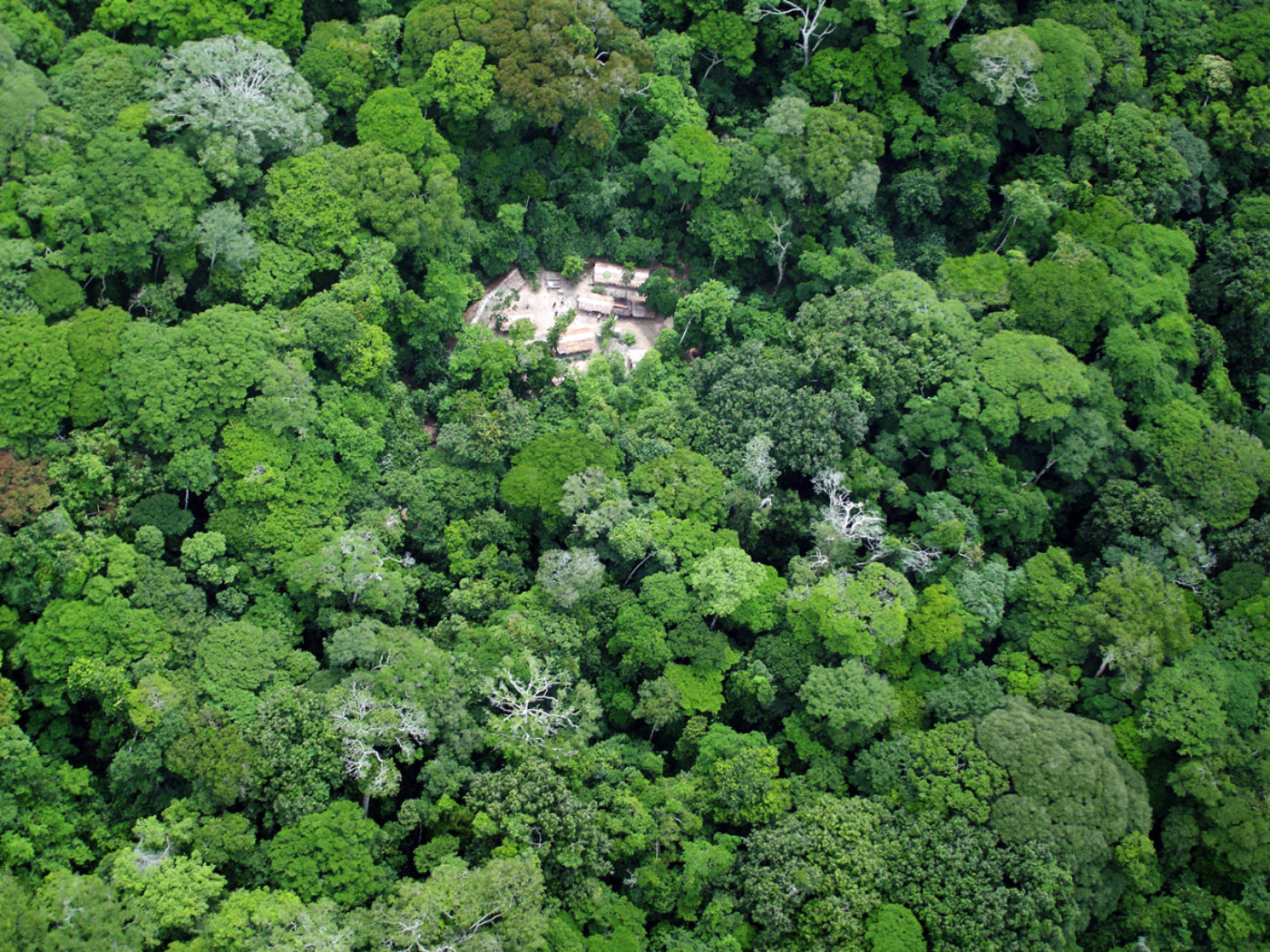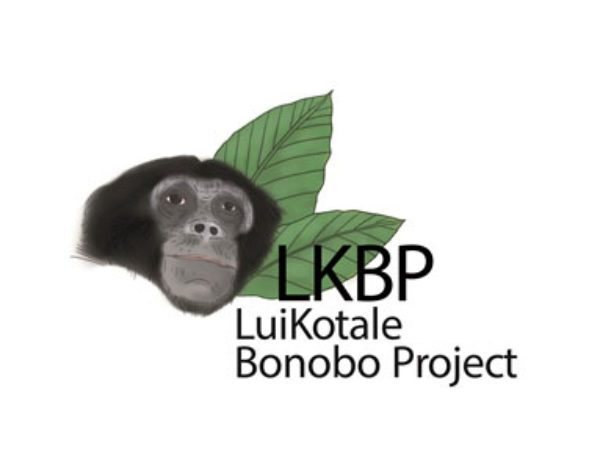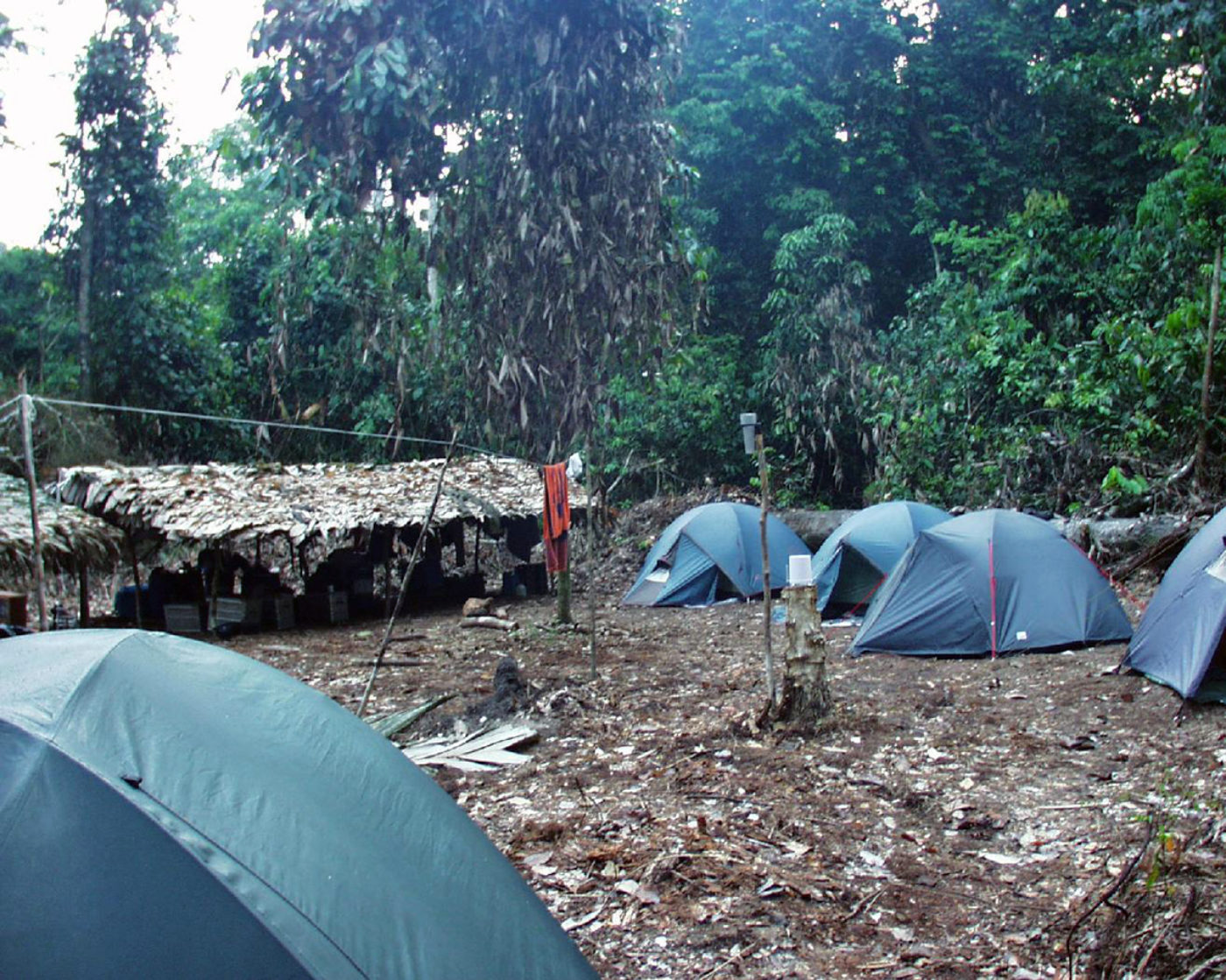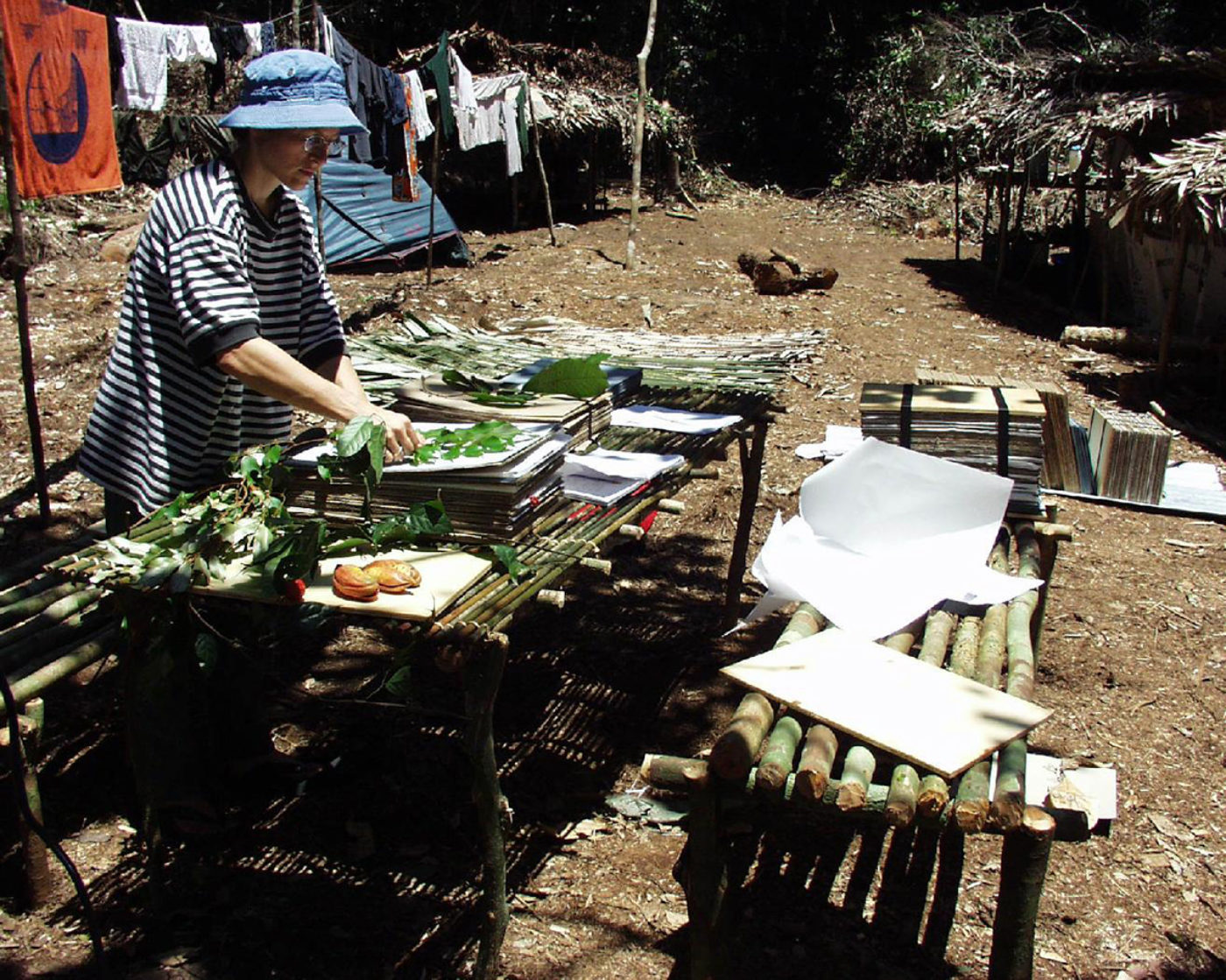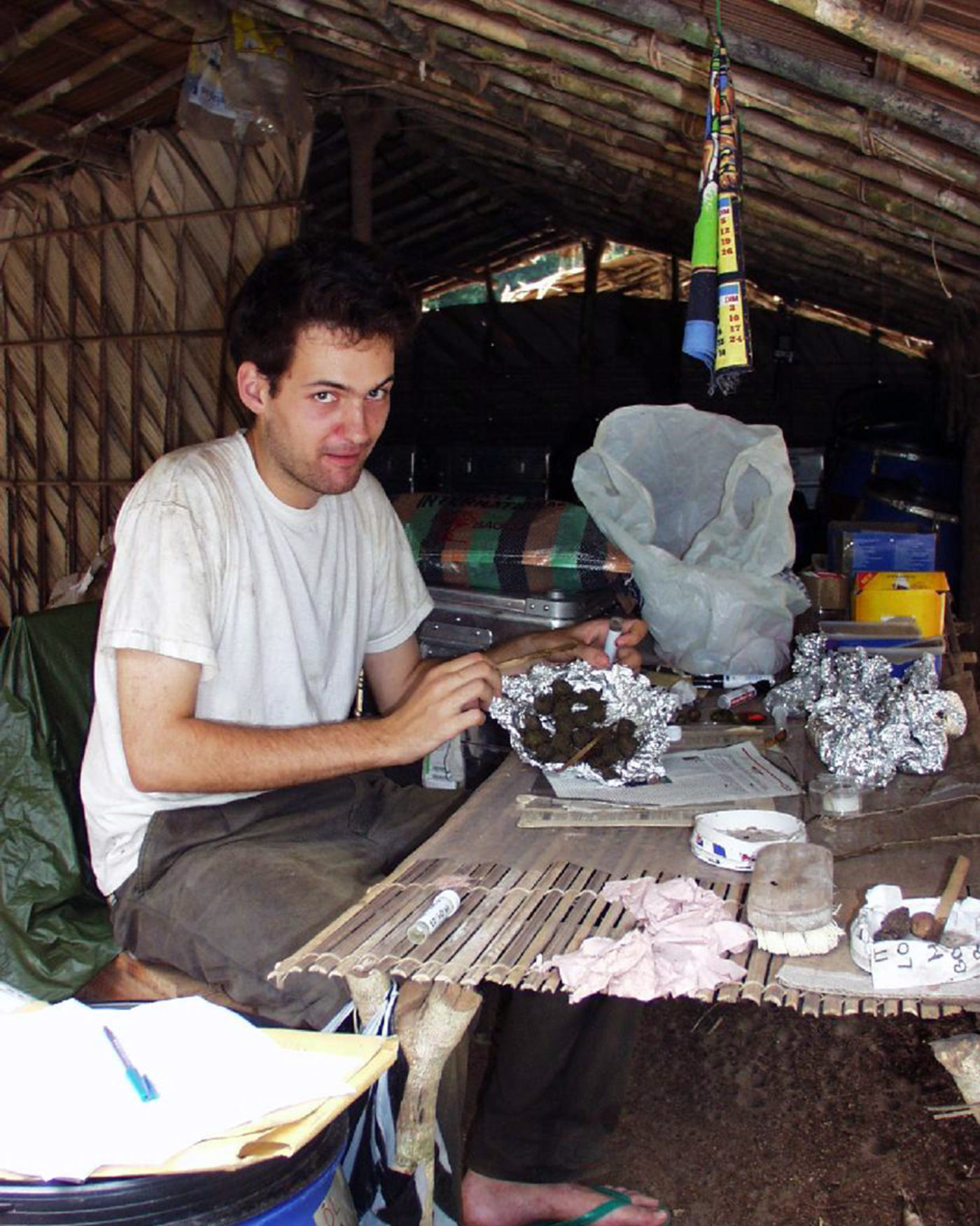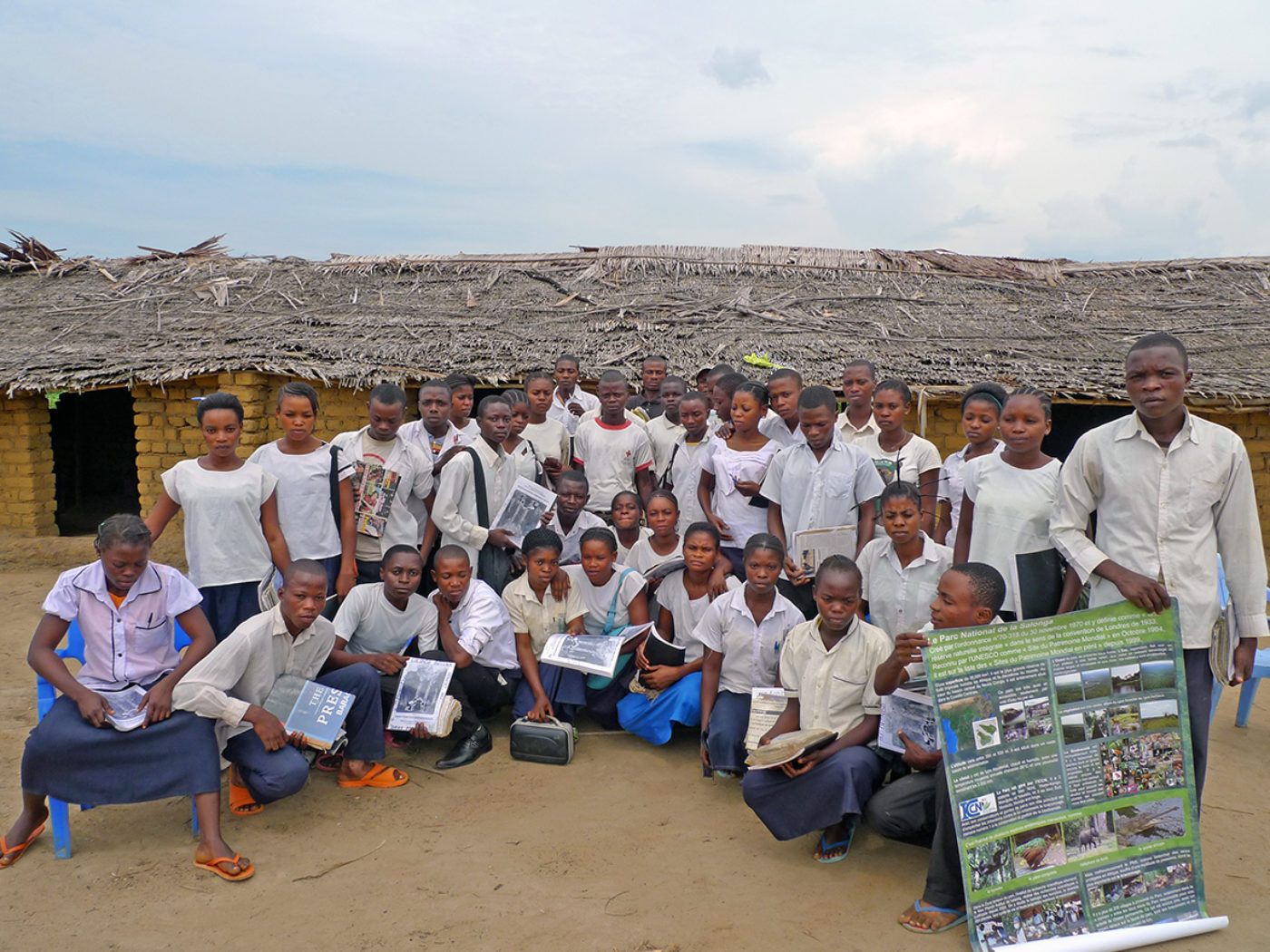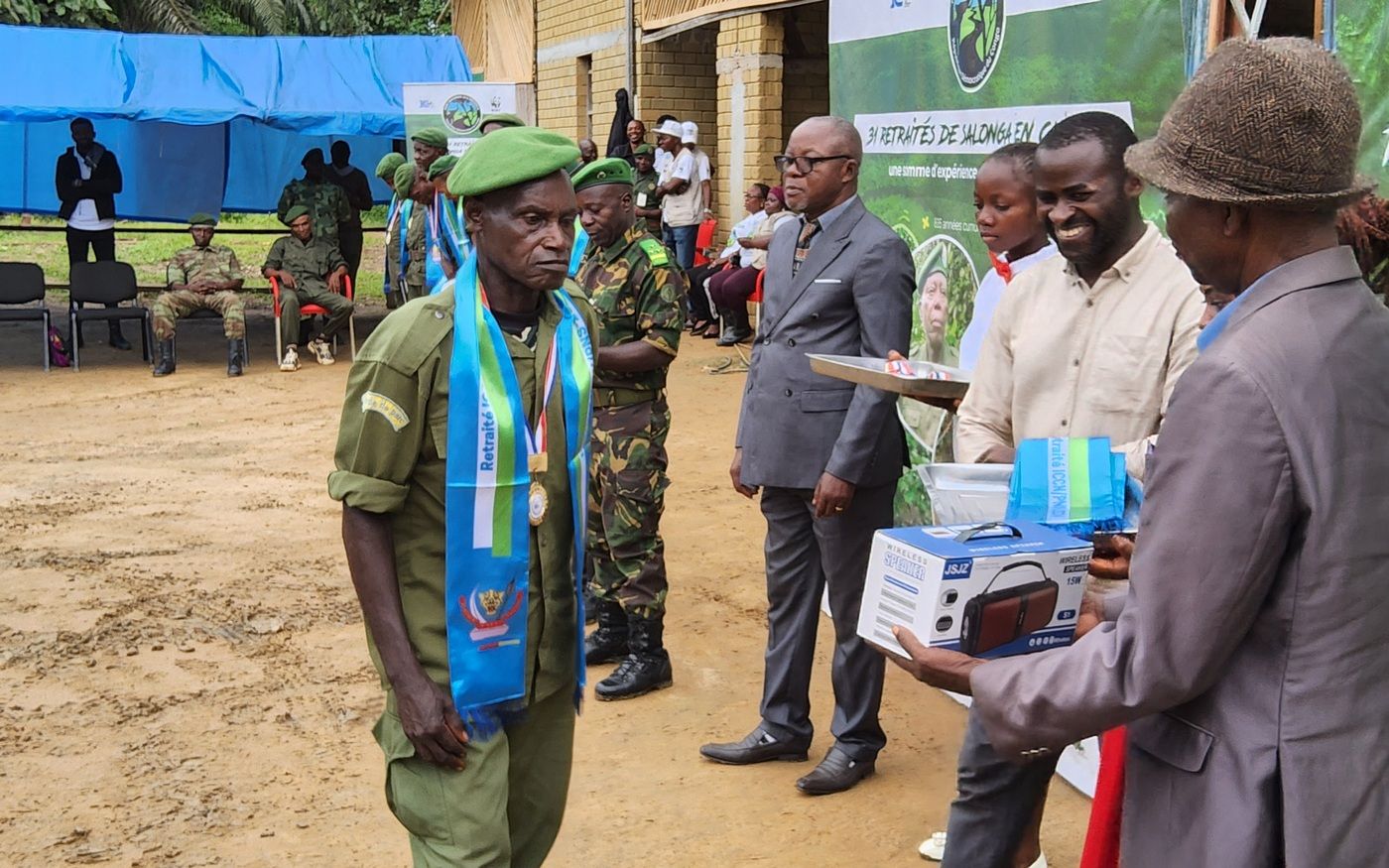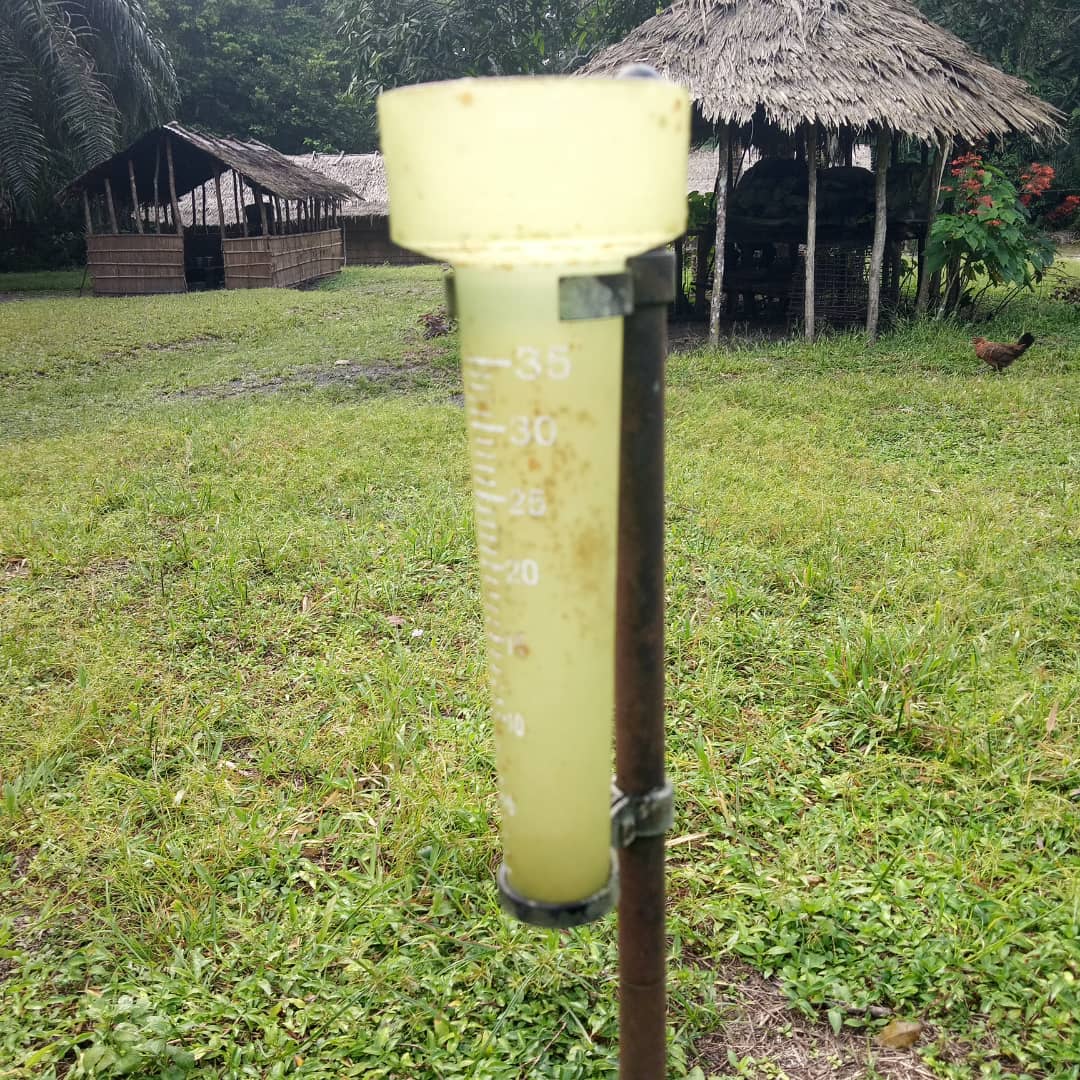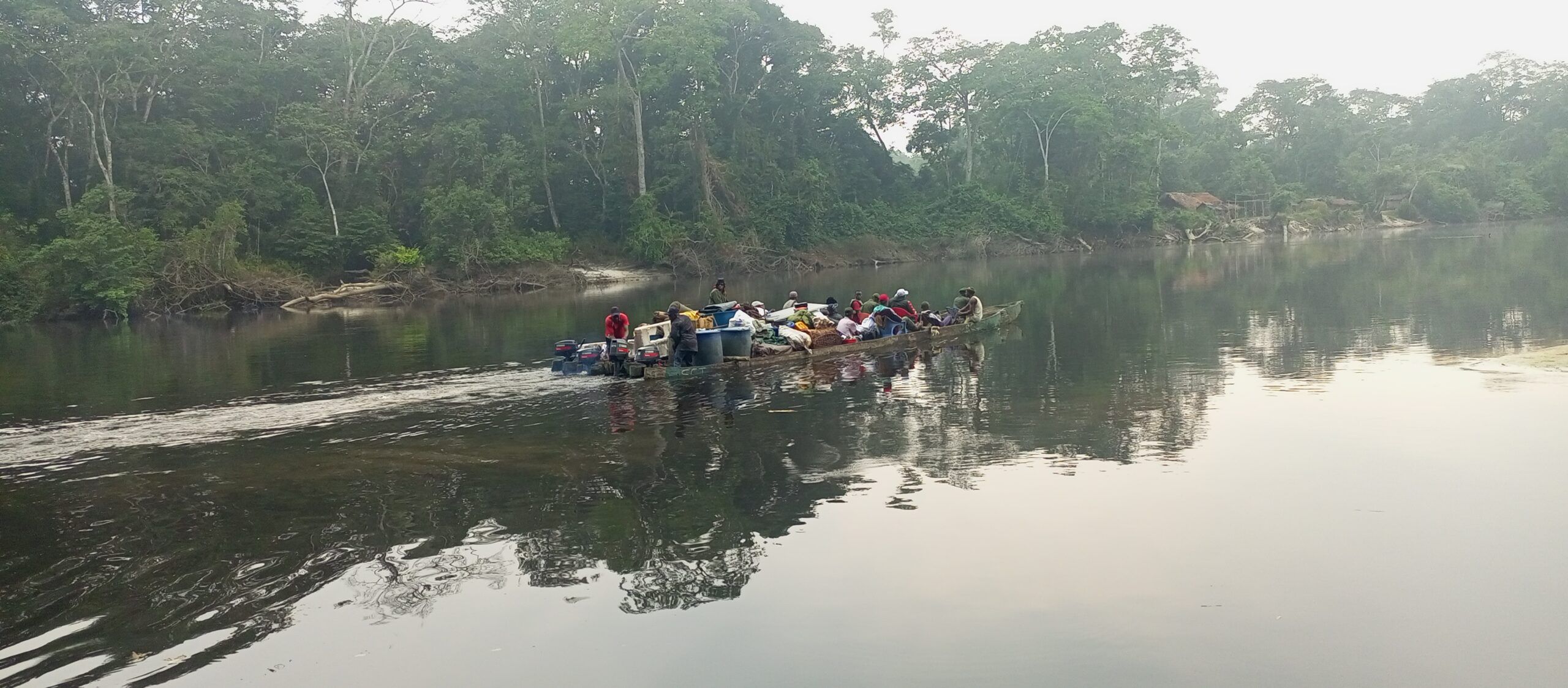In 2001, after the second Congo War, Barbara Fruth and Gottfried Hohmann returned to DRC to restart their Bonobo research which was interrupted by the violent conflict. Their goal was to continue their investigations towards a better understanding of bonobos’ peculiarities. This requires patience, as the most fascinating aspects are only observable once individuals are habituated, that is tolerating being closely followed and observed by scientists and assistants. Salonga National Park was safe, very remote and its limits unknown. With the consent of the local people, and financial support from the German government (BMBF) and the Max-Planck Society (MPG), Barbara and Gottfried opened up their new field site: LuiKotale.
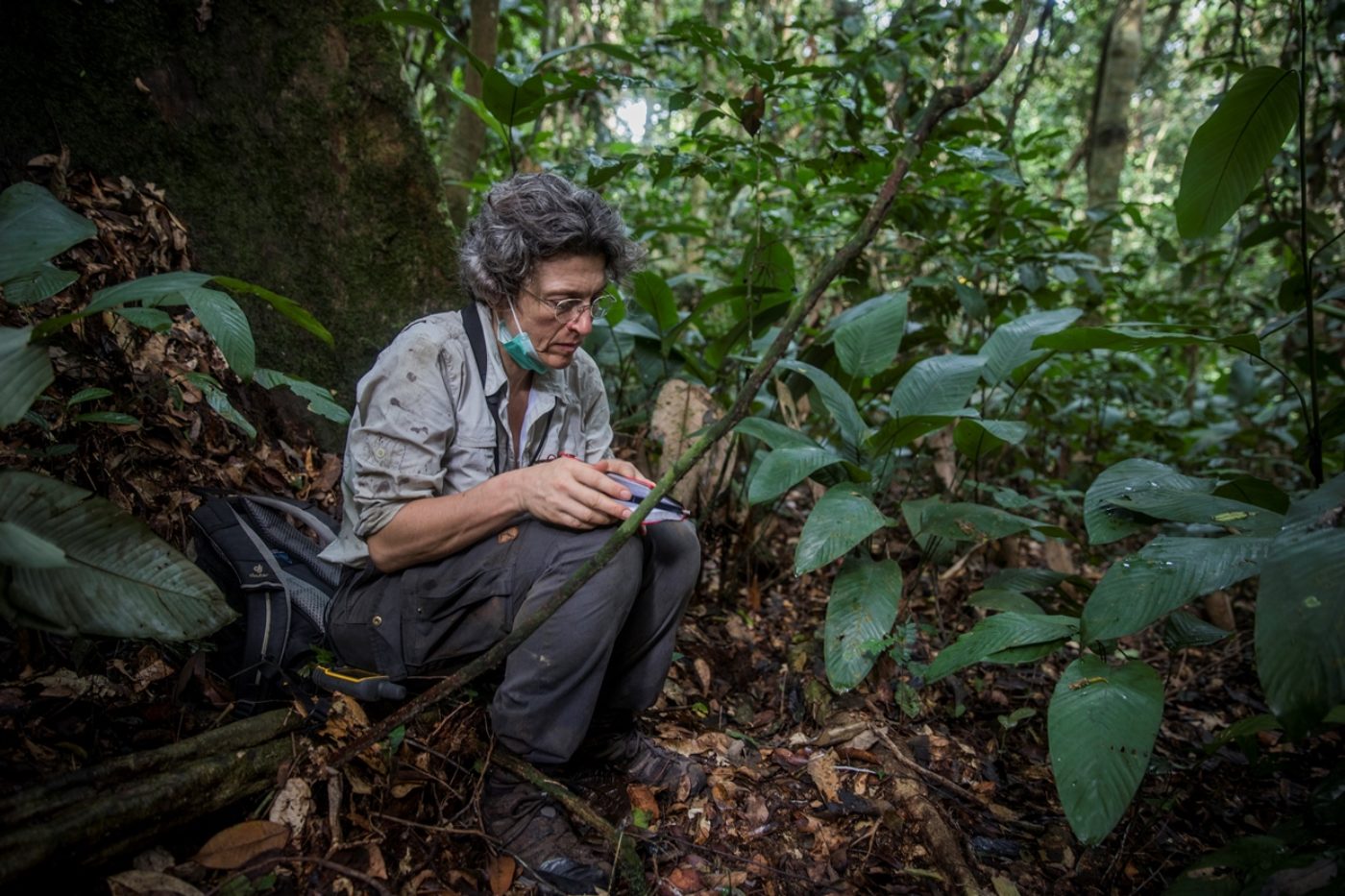
Barbara Fruth has dedicated her professional life to reserach the bonobos and their environment, the forest of the Congo Basin
Beginnings
Barbara tells us here, how they went about observing the bonobos. “As bonobo habituation takes three years until individual follows are possible on a day-to-day basis, Gottfried and I started out as follows: Gottfried set up a comparative study, exploring the differences in food habits and preferences among chimpanzees and bonobos across Africa, while together with staff and students from Kinshasa University, I was producing an inventory of the local flora. Focus was on the use of wild plants by humans with the hope to single out candidates worth becoming flag-ship species for sustainable forest use and by that long term conservation.”
An international research site
Since 2002, 160 enthusiasts from 22 different nationalities contributed to the permanent presence of the LKBP on ground. Sixteen years later, researchers at LuiKotale can follow two habituated communities of bonobos consisting of about 70 individuals, all of which are named and known. The apes can be followed on a day-to-day basis and researchers learn how they interact with each other, and with other animals and plants. The role the bonobos play in this complex ecosystem, being predator of animals and plants, forest’s regenerator disseminating over hundred species, and prey of larger carnivores, is fascinating. Despite the many years of observation, their behaviour still brings new mysteries.
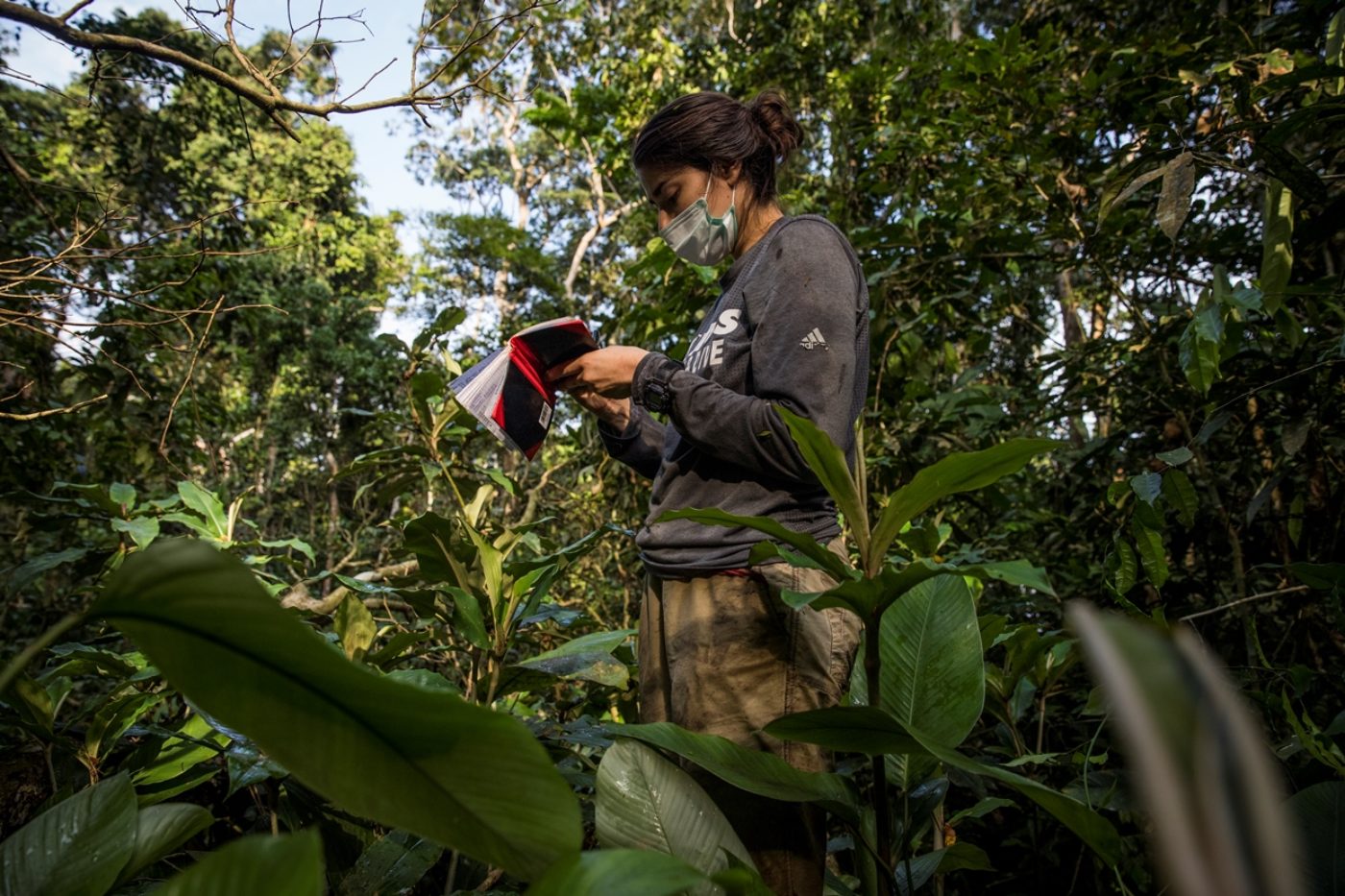
Recording data
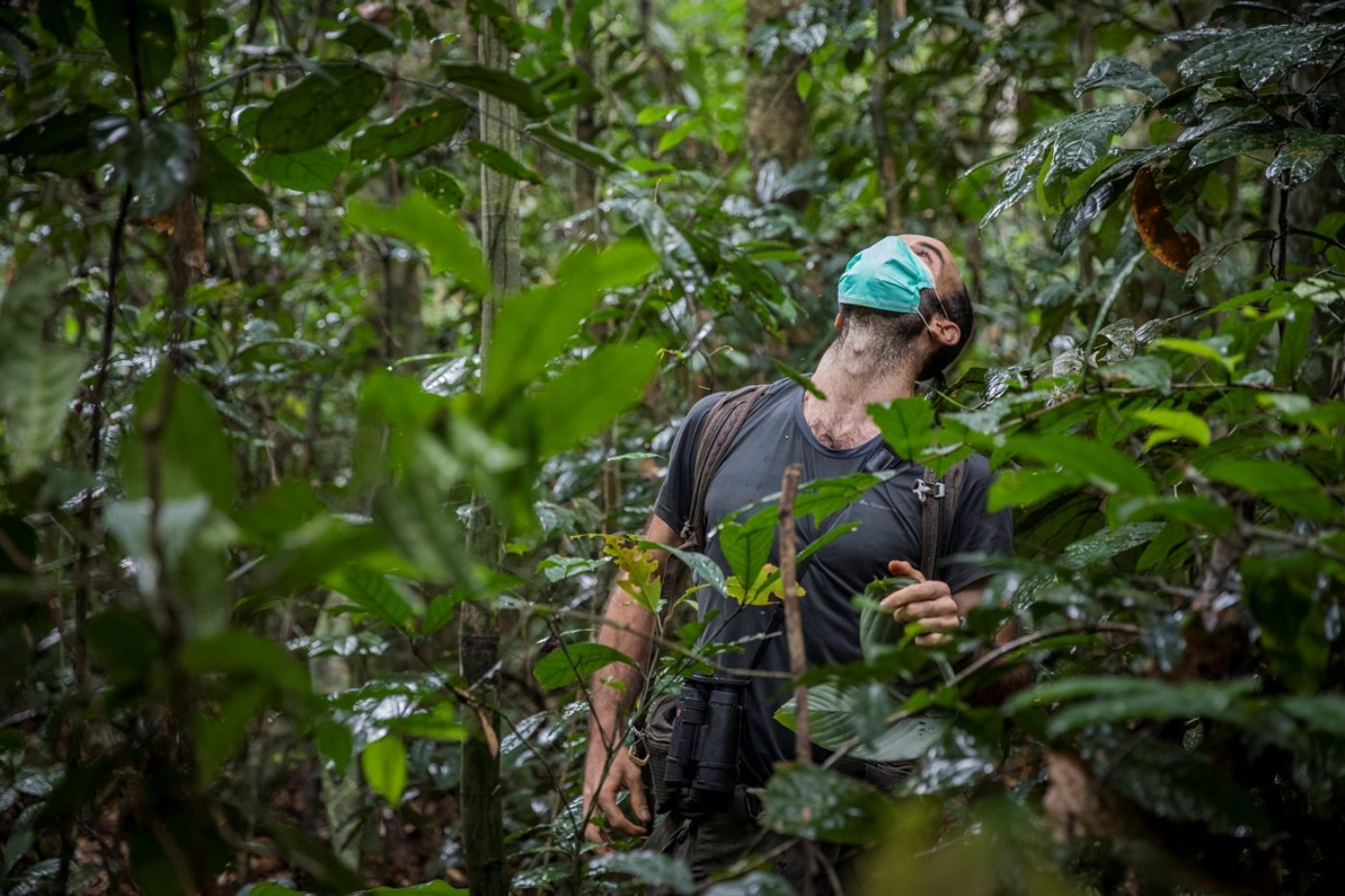
Spotting bonobos in the canopy
Joining forces with local villagers and rangers
Early on Barbara and Gottfried had to learn that this project cannot run with investigating fundamental science alone. As everywhere in DRC, poaching was the major threat not only for bonobos but also for many other protected species. Due to the exposure of bonobos and other local wildlife to snares and machine guns outside the area of their permanent presence, Barbara and Gottfried joined forces with two originally almost adverse parties: local villagers, subsistence hunters familiar with their forest and keen to prevent poachers from afar raiding their wildlife, and rangers of the national conservation authority, ICCN (Institut Congolais pour la Conservation de la Nature), equipped with the mandate and power to enforce Congolese law. From 2011 onwards, both parties successfully conducted mixed patrols together to secure the wider surroundings of the LuiKotale study site.
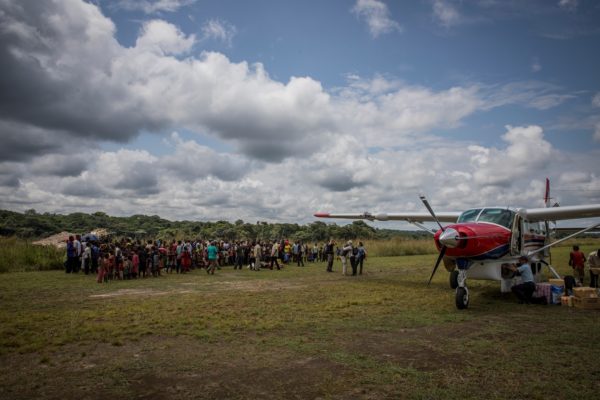
A flight with researchers arrives at the nearby Ipope airstrip and is greeted by the local people.
